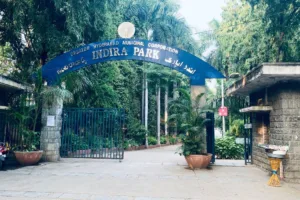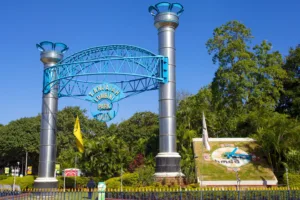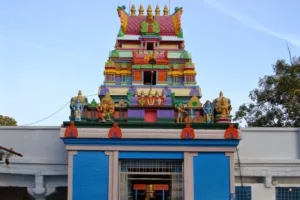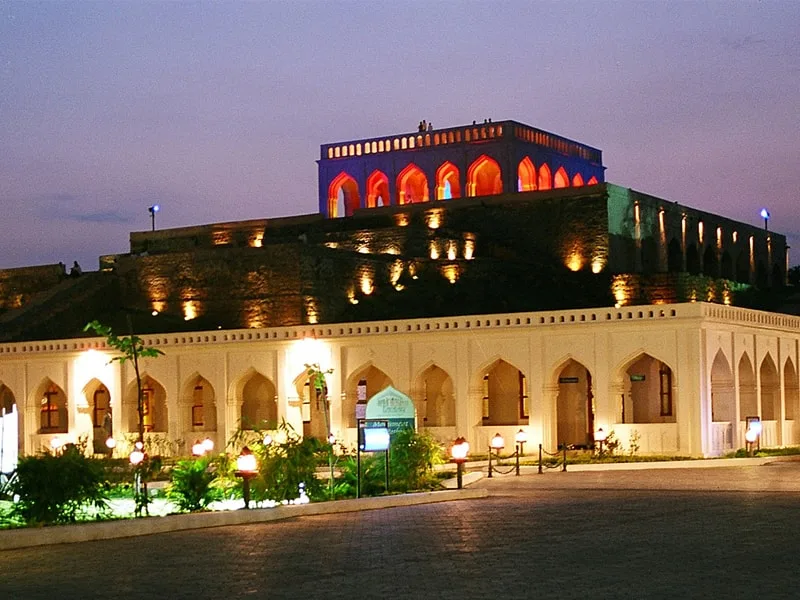Aurangabad Travel Guide – Aurangabad Tourism
About Aurangabad:
Nestled in the heart of Maharashtra, Aurangabad is a city steeped in history, culture, and architectural splendor. Founded in 1610 by Malik Ambar, the prime minister of the Mughal Empire, the city later became a prominent center during the reign of Emperor Aurangzeb, after whom it is named. Aurangabad boasts an array of historical monuments, including the world-renowned Ajanta and Ellora Caves, making it a UNESCO World Heritage Site. Beyond its architectural marvels, the city offers a vibrant cultural scene, culinary delights, and a welcoming ambiance that invites travelers to delve into its timeless allure.
Best Time To Visit Aurangabad:
The best time to visit Aurangabad is from October to March when the weather is pleasant, allowing visitors to explore the city’s attractions comfortably.
How To Reach Aurangabad:
Aurangabad is well-connected by road, rail, and air. The Aurangabad Airport provides air connectivity, while the railway station and road networks facilitate convenient travel.
Transport In Aurangabad:
Local transport in Aurangabad includes buses, auto-rickshaws, and taxis, offering convenient options for exploring the city and its surrounding areas.
People Of Aurangabad:
The population of Aurangabad is diverse, comprising locals, artisans, traders, and those engaged in the thriving tourism and hospitality industry. The people of Aurangabad contribute to the city’s warm and inclusive atmosphere.
Languages Of Aurangabad:
Marathi is the primary language spoken in Aurangabad. However, Hindi and English are also widely understood, ensuring effective communication with visitors from different regions.
History Of Aurangabad:
Aurangabad’s history is deeply intertwined with the Mughal Empire, and it served as an important center during the rule of various dynasties. The city’s architectural gems reflect its rich historical legacy.
Culture Of Aurangabad:
The culture of Aurangabad is a blend of Mughal influences, local traditions, and vibrant festivities. The city hosts cultural events, religious festivals, and culinary celebrations that showcase its diverse cultural heritage.
Weather Of Aurangabad:
Aurangabad experiences a moderate climate throughout the year. Summers are warm, and monsoons bring a refreshing change, enhancing the beauty of the city’s landscapes.
Best Places to Visit in Aurangabad:
Ajanta Caves: A UNESCO World Heritage Site, the Ajanta Caves are a collection of ancient rock-cut caves featuring exquisite paintings and sculptures that depict Buddhist themes.
Ellora Caves: Another UNESCO World Heritage Site, the Ellora Caves showcase a remarkable fusion of Hindu, Jain, and Buddhist architecture, including the awe-inspiring Kailasa Temple.
Bibi Ka Maqbara: Often referred to as the “Taj of the Deccan,” Bibi Ka Maqbara is a mausoleum built by Emperor Aurangzeb in memory of his wife, Dilras Banu Begum.
Daulatabad Fort: A formidable fortress with a complex defense system, Daulatabad Fort offers panoramic views of the surrounding landscape and a glimpse into its historical significance.
Panchakki (Water Mill): An engineering marvel from the medieval period, Panchakki is a water mill powered by an intricate underground water channel, providing a tranquil setting.
Aurangabad Caves: Carved out of rock, the Aurangabad Caves comprise a group of twelve Buddhist caves with intricate sculptures and carvings, representing ancient craftsmanship.
Salim Ali Lake and Bird Sanctuary: Named after the renowned ornithologist Salim Ali, the lake and bird sanctuary offer a serene environment for bird-watching and leisurely walks.
Gul Mandi (Market): A bustling market known for its vibrant colors, Gul Mandi is a shopping haven where visitors can explore traditional handicrafts, textiles, and local artifacts.
Siddharth Garden and Zoo: A lush green space with a botanical garden and a zoo, Siddharth Garden provides a refreshing retreat and an opportunity to witness diverse flora and fauna.
Shahganj Masjid: A Mughal-era mosque known for its architectural elegance, Shahganj Masjid reflects the city’s historical ties to the Mughal Empire.
Aurangabad Art Gallery: Showcasing a collection of contemporary and traditional art, the Aurangabad Art Gallery provides a platform for local artists and cultural expressions.
Jayakwadi Dam: Located on the Godavari River, Jayakwadi Dam is an engineering marvel that offers scenic views, boating opportunities, and a peaceful environment.
Himayat Bagh: A historical garden with a unique concept of interlocking soil layers, Himayat Bagh is adorned with fountains, pathways, and lush greenery.
Chhatrapati Shivaji Maharaj Museum: Dedicated to the Maratha warrior king, this museum displays artifacts, weapons, and memorabilia, providing insights into Shivaji Maharaj’s life.
Ghrishneshwar Jyotirlinga Temple: A sacred pilgrimage site dedicated to Lord Shiva, the Ghrishneshwar Jyotirlinga Temple is an architectural marvel with intricate carvings and spiritual significance.
In conclusion, Aurangabad beckons travelers with its architectural wonders, cultural vibrancy, and a journey through time. Whether exploring the ancient caves, savoring local cuisine, or immersing in the city’s historical legacy, Aurangabad promises an enriching and unforgettable experience for those seeking a harmonious blend of heritage and contemporary allure in the heart of Maharashtra.

























